I would toss in Crows.
For the first time in the U.S., research with cephalopods might require approval by an ethics committee.
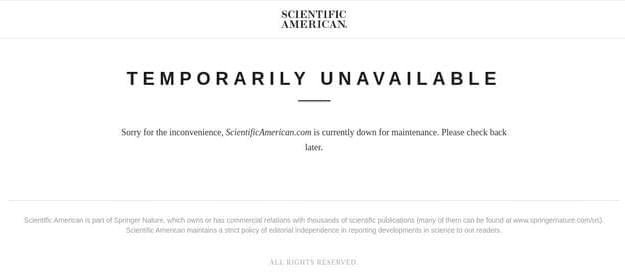
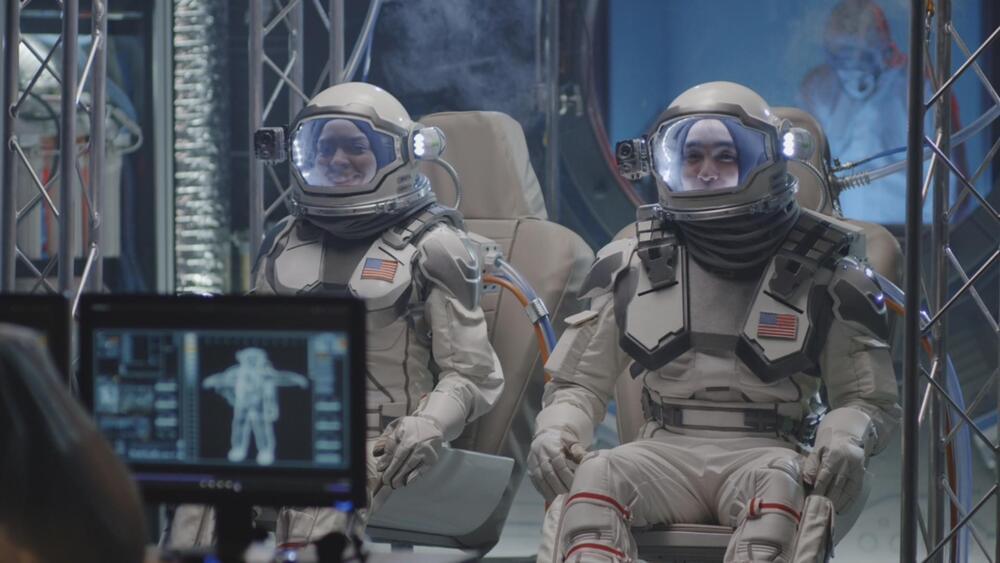
With the growth of the commercial spaceflight business comes new ethical issues about human experimentation.
The expansion of the commercial spaceflight sector opens new avenues for scientific study in the unique environment of space.
However, it also raises ethical concerns about the conduct of scientific experiments and studies involving human volunteers on commercial spaceflights.
Let’s say that it is a curse. The issue is he is also against life extension entirely. Maybe I want 200 years. Or 1,000. I have zero concern over a boredom problem as it is brain process which can eventually be controlled. And I am disgusted with the idea that I have to die because we might not progress very fast? Ugh.
Elon Musk has said a lot of potentially stupid stuff about aging and longevity, from saying that people shouldn’t live very long because society would ossify to advocating that we judge people based on their chronological age. Most recently, he’s taken to Twitter (aka X) to say “May you live forever is the worst possible curse once you understand deep time.” In this case though, he’s not wrong.
In this episode, we explore the diverse perspectives and heated debates triggered by Elon’s provocative statements on aging and the prospect of eternal life. We navigate through the complexities of deep time, the philosophical implications of living forever, and the importance of autonomy and control. Join host Ryan O’Shea as we examine arguments in favor of human’s being able to end their own lives, and explore how this played out in NBC’s The Good Place, starting Kristen Bell.
Learn why Elon is right about having to live forever being a curse, and how to solve it. Don’t forget to share your thoughts in the comments, like, and subscribe for more.
References:

Summary: The revolutionary field of bio-computing is making waves as DishBrain, a neural system combining 800,000 living brain cells, learns to play Pong. Recognizing the pressing need for ethical guidelines in this emerging domain, the pioneers behind DishBrain have joined forces with bioethicists in a study.
The research explores the moral considerations around biological computing systems and their potential consciousness. Beyond its innovation, the technology offers vast environmental benefits, potentially transforming the energy-consuming IT industry.
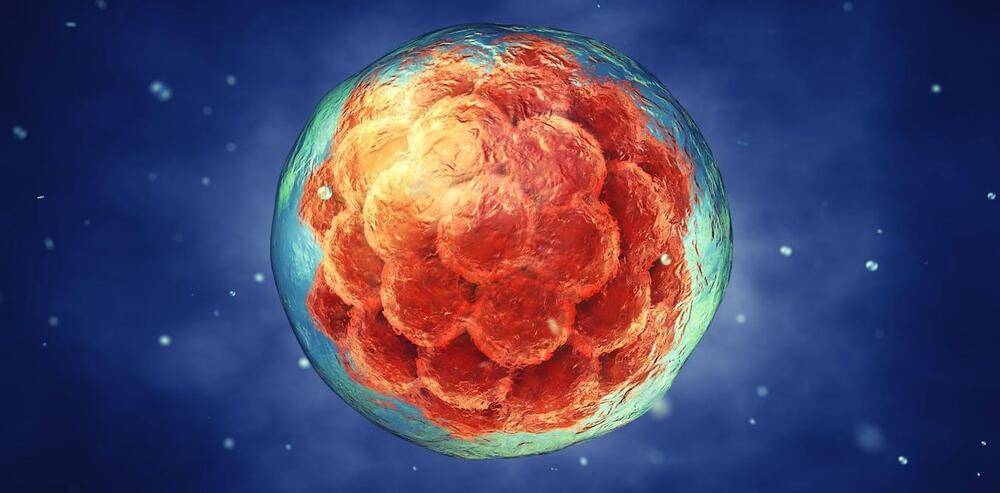

A blog by the company’s chief trust officer, Dana Rao, highlighted the importance of ethics while developing new AI tools. Generative AI has come much more into mainstream awareness in recent months with the launch of ChatGPT and DALL-E systems, which can understand written and verbal requests to generate convincingly human-like text and images.
Artists have complained that generative AIs being trained on their work is tantamount to ‘ripping off’ their styles or creating discriminatory or explicit content from harmless inputs. Others have called into question the ease with which humans can pass off AI-generated prose as their own work.
Read more: Schools ban ChatGPT.
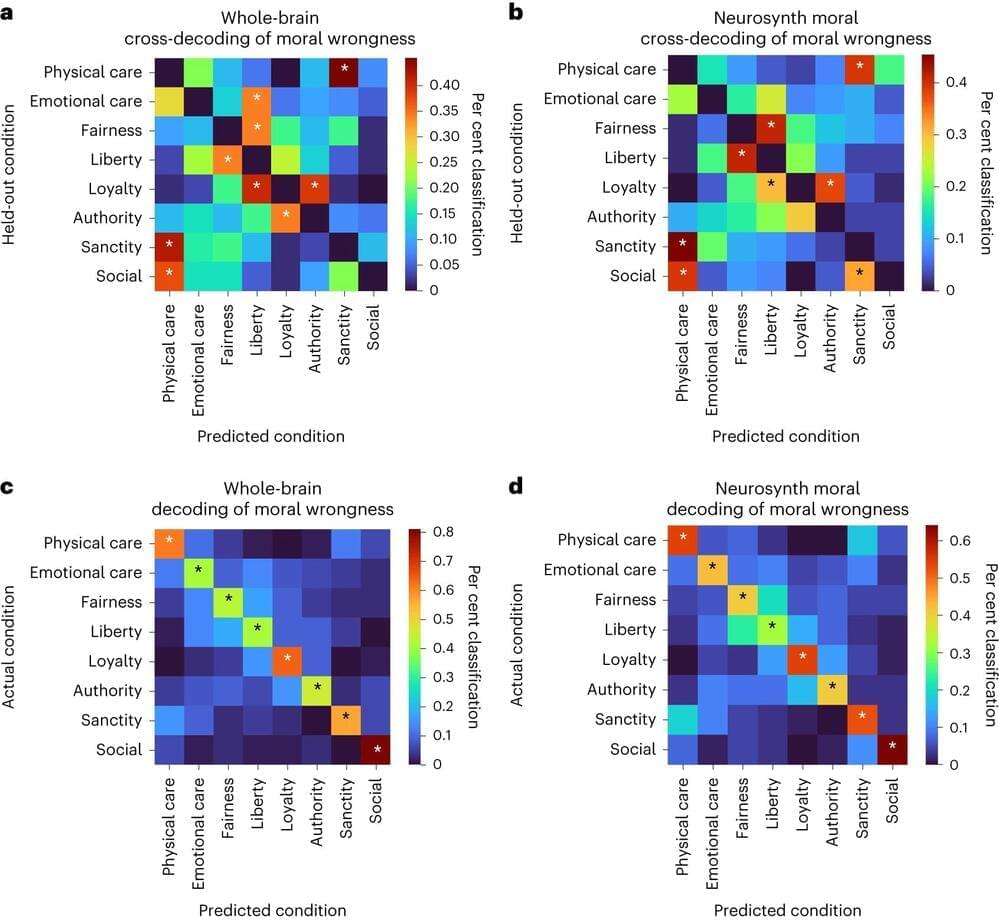
Every day we encounter circumstances we consider wrong: a starving child, a corrupt politician, an unfaithful partner, a fraudulent scientist. These examples highlight several moral issues, including matters of care, fairness and betrayal. But does anything unite them all?
Philosophers, psychologists and neuroscientists have passionately argued whether moral judgments share something distinctive that separates them from non-moral matters. Moral monists claim that morality is unified by a common characteristic and that all moral issues involve concerns about harm. Pluralists, in contrast, argue that moral judgments are more diverse in nature.
Fascinated by this centuries-old debate, a team of researchers set out to probe the nature of morality using one of moral psychology’s most prolific theories. The group, led by UC Santa Barbara’s René Weber, intensively studied 64 individuals via surveys, interviews and brain imaging on the wrongness of various behaviors.
How brain enhancements can correct disabilities is an important question. But not a Closer To Truth question. What happens to personal identity? Would “I” still be me? What about moral standing? Would it change? Could my mind be uploaded? Would “I” live on?
Featuring interviews with Michio Kaku, Antonio Damasio, Leonard Mlodinow, V.S. Ramachandran and David Chalmers.
▶Register for free for subscriber-only exclusives: http://bit.ly/2GXmFsP
Closer To Truth host Robert Lawrence Kuhn takes viewers on an intriguing global journey into cutting-edge labs, magnificent libraries, hidden gardens, and revered sanctuaries in order to discover state-of-the-art ideas and make them real and relevant.
▶Free access to Closer to Truth’s library of 5,000 videos: http://bit.ly/376lkKN
Closer to Truth presents the world’s greatest thinkers exploring humanity’s deepest questions. Discover fundamental issues of existence. Engage new and diverse ways of thinking. Appreciate intense debates. Share your own opinions. Seek your own answers.
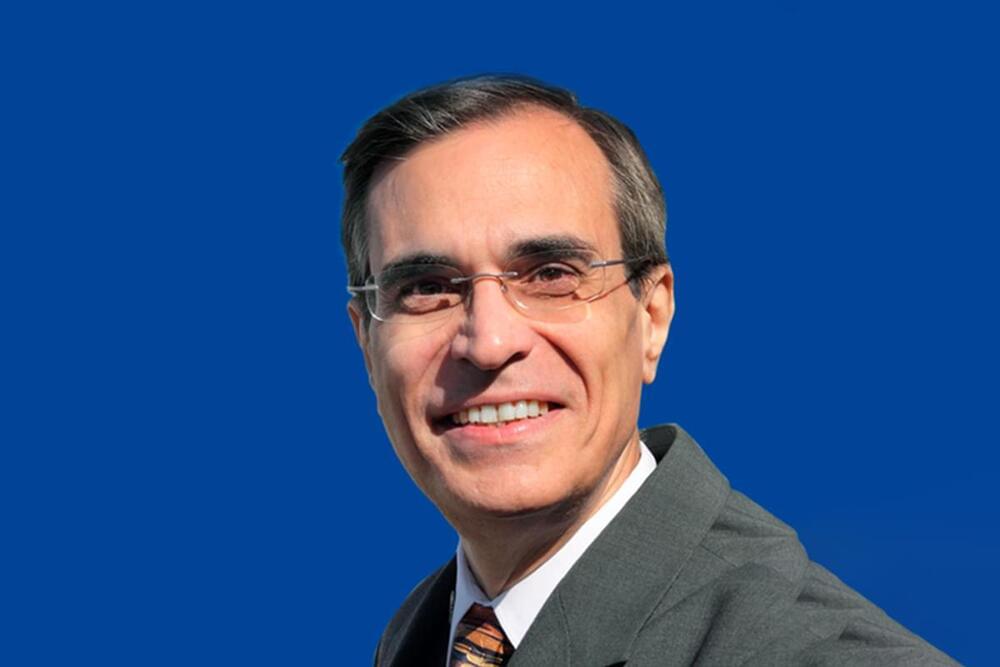
The Death of Death is an international bestseller by José Cordeiro and David Wood that claims that “death will be optional by 2045” – or even earlier, if more public and private funds are invested in rejuvenation technologies.
Longevity. Technology: Already available in more than 10 languages, the book provides insight into recent exponential advances in AI, tissue regeneration, stem cell treatment, organ printing, cryopreservation and genetic therapies that, say the authors, offer a realistic chance to solve the problem of the aging of the human body for the first time in human history. In fact, the book’s subtitle is The Scientific Possibility of Physical Immortality and its Moral Defense.
Given that until relatively recently, just mentioning the concept of ‘biological immortality’ was enough to raise eyebrows and with most of the opinion that it should be filed away under ‘science fiction’ or ‘charlatanism’. However, longevity science is advancing at an incredible pace and today there are people who no longer wonder if immortality is possible, but when it will be a reality. We sat down with José Luis Corderio PhD to find out more.
Michael Levin discusses his 2022 paper “Technological Approach to Mind Everywhere: An Experimentally-Grounded Framework for Understanding Diverse Bodies and Minds” and his 2023 paper with Joshua Bongard, “There’s Plenty of Room Right Here: Biological Systems as Evolved, Overloaded, Multi-scale Machines.” Links to papers flagged 🚩below.
Michael Levin is a scientist at Tufts University; his lab studies anatomical and behavioral decision-making at multiple scales of biological, artificial, and hybrid systems. He works at the intersection of developmental biology, artificial life, bioengineering, synthetic morphology, and cognitive science.
❶ Polycomputing (observer-dependent)
1:59 Outlining the discussion.
3:50 My favorite comment from round 1 interview.
5:00 What is polycomputing?
8:50 An ode to Richard Feynman’s “There’s plenty of room at the bottom“
11:10 How/when was this discovered? Reductionism, causal power…
14:40 “It’s a view that steps away from prediction.“
16:20 From abstract: Polycomputing is the ability of the same substrate to simultaneously compute different things *but emphasis on the observer(s)*
17:05 What’s an example of polycomputing?
19:40 They took a different approach and actually did experiments with gene regulatory networks (GRNs)
23:18 Different observers extract different utility from the exact same system.
26:35 Spatial causal emergence graphs (determinism, degeneracy) | Erik Hoel’s micro/macro & effective information.
29:25 Inventiveness of John Conway’s Game of Life.
❷ Technological Approach to Mind Everywhere.
34:20 Tell me 3 things to determine intelligence (ball vs mouse on a hill)
39:50 Jeff Hawkins’ Thousand Brains Theory.
41:05 Agency is not binary, continuum of persuadability.
44:50 Where’s the bottom of agency? Plants & insects far off from 0
46:55 What is the absolute minimum amount of agency? Some degree of goal directed behavior & indeterminacy…
51:05 Life is a system good at scaling.
51:41 “To me, our world doesn’t have 0 agency anywhere.“
53:50 As an engineer, what can I take advantage of?
55:00 Surely you don’t think the weather has any intelligence to it…
❸ Attractor Landscapes.
58:35 Homeostatic loops, morphological spaces, attractor landscapes.
1:00:35 “Of course we’re living in a simulation!“
1:06:45 Attractor landscapes, topography, anatomical morphous space (D’Arcy Thompson)
1:12:28 Planaria stochastic, probability of head shape proportional to evolutionary distance between species.
1:15:15 What is the secret of the universe? Attractor landscapes, quantum fields, black holes.
1:19:05 We need a new system of ethics for unconventional minds.
🚾 Works Cited.